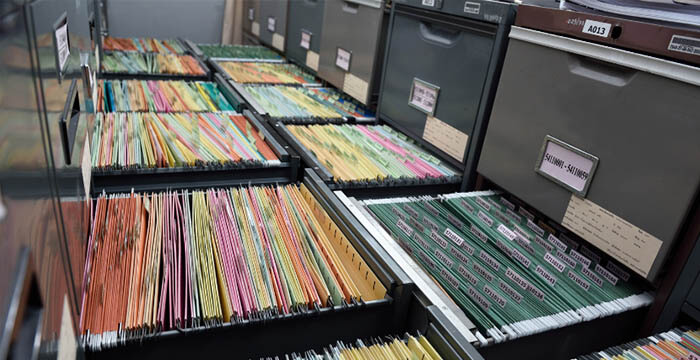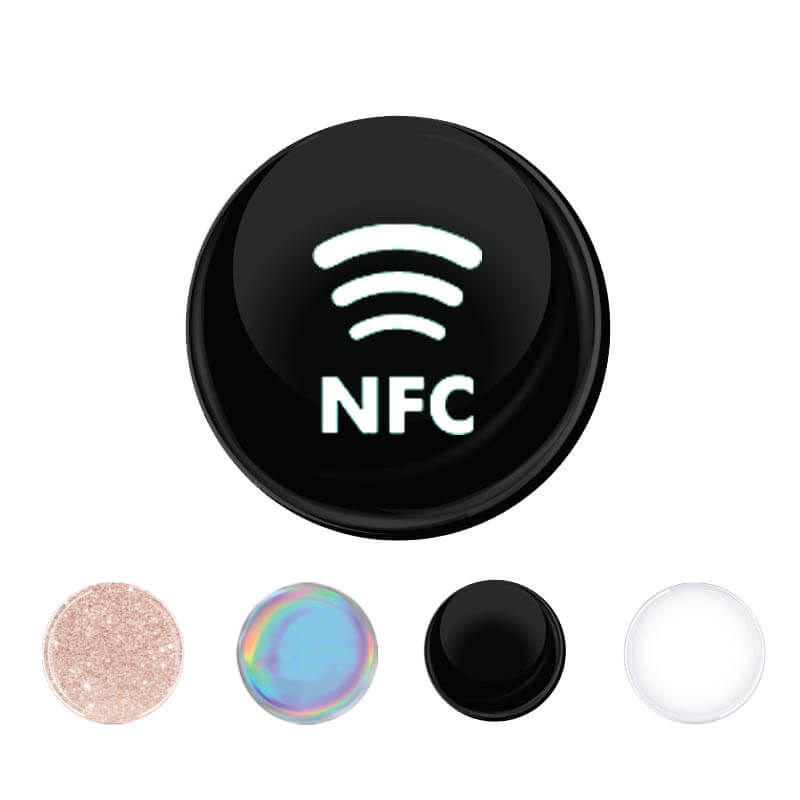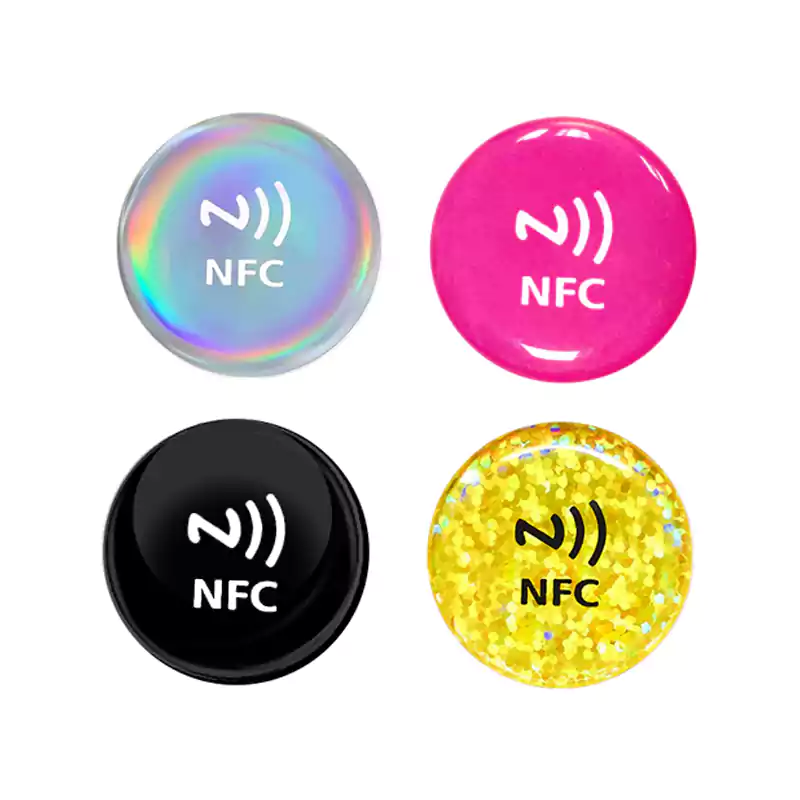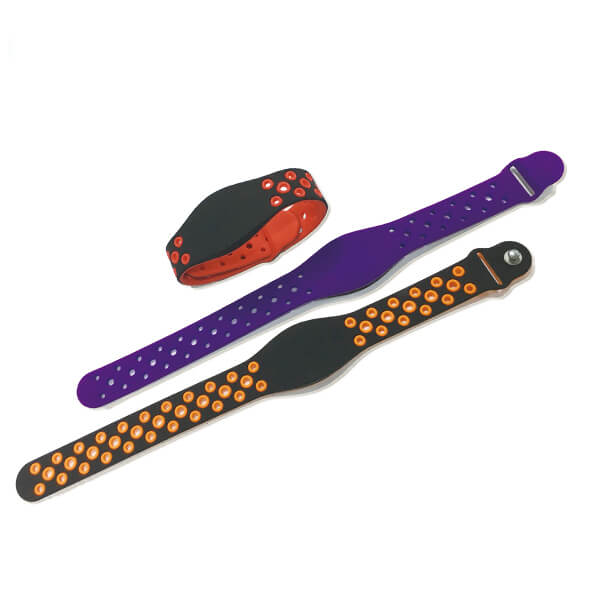RFID technology can be used for managing files and archives by assigning each item a unique RFID tag. This allows for easy tracking and locating of specific items, as well as automating the check-in and check-out process.
This article analyzes the benefits of using RFID for files and archives management. We also discuss the implementation process and potential challenges that may arise.
RFID Technology -Definition
RFID stands for Radio Frequency Identification, a technology that uses radio waves to transmit data from a tag attached to an object, to a reader. This guarantees the unique identification of that object.
The technology has been used in various industries for asset management, inventory control, and supply chain management. More recently, it has also been implemented for managing files and archives.
It is the preferred method over traditional barcoding, as RFID tags do not require a line of sight to be read. This means multiple tags can be read at once, making it a more efficient and accurate option.
Besides, RFID tags can store more data than barcodes, allowing for additional information to be stored on each item. This additional memory also allows for the updating of information on the tags, making it a versatile option.
How to Use RFID Technology for Files & Archives Management?
File management can be challenging, especially in large organizations with a high volume of documents. RFID technology can help streamline this process and improve efficiency by automating the tracking and locating of files.
This is critical for compliance and regulatory purposes, as it ensures that important documents are easily accessible and can be quickly retrieved for audit.
RFID tags can also be used for automating all processes. This eliminates manual tracking and reduces errors, resulting in a more efficient system. In addition, they provide more privacy for confidential documents by restricting access to authorized individuals.
Components of RFID System for File Management
You need the following components to implement RFID technology for file management:
- RFID Tags
These are attached to each file or document. They contain unique identification and potentially additional information such as the contents of the file or its location. This is the most critical component, as it allows for tracking and locating items. You can choose from different tag types, including:
- Low Frequency. These use a 125 kHz frequency and have a shorter read range, making them suitable for tracking within a limited area such as a room or filing cabinet. In most archive and file management systems, low-frequency tags are used.
- High Frequency. These use a 13.56 MHz frequency and have a longer read range, making them suitable for tracking over a larger area such as a warehouse or office building.
- Ultra-High Frequency. These use frequencies of 860-960 MHz and have the longest read range, making them suitable for supply chain management or outdoor asset tracking.
When selecting the tags, you must consider the environment in which they will be used. This includes factors such as the proximity of metal, as these can affect the read range and accuracy.
If metal is present, it is recommended to use tags with a shielded design or operate with low-frequency tags.
- RFID Readers
These are used to transmit and receive data from the RFID tags. Different types of readers can be used, such as handheld or fixed. The type chosen depends on the specific needs and requirements of your system.
Handheld RFID readers are common in file and archive management, as they allow the scanning of tags in various locations such as a filing cabinet or shelf. They are more flexible and can be used for manual inventory checks.
Fixed RFID readers are often used in combination with handheld readers, as they provide continuous monitoring of items within a specific area. These can be installed at the entrance and exits of file rooms or archives to track the movement of files.
- RFID Software
This is used to manage and analyze the collected data from the RFID tags and readers. This can include tracking the location of items, monitoring check-in, and check-out activity, generating reports, and more.
Implementation Process
There are several steps to implementing RFID for files and archives management. They include:
- Choosing RFID Tags. This involves selecting the appropriate tags for your specific needs. There are several considerations, including the environment in which they will be used and potential metal interference.
- Attaching RFID Tags. The tags must be attached to each item or file, ensuring they can be accurately read by the reader.
- Installing RFID Readers. Readers must be installed in strategic locations to ensure effective tracking and monitoring. This can include the entrance and exits of file rooms or archives and specific areas such as shelves or filing cabinets.
- Implementing RFID Software. This involves integrating the software into your existing system for managing and analyzing data collected from the tags and readers.
- Training Staff. You should train staff on using the RFID system, including properly attaching tags and using the software.
Benefits of RFID for File and Archive Management
There are several benefits to using RFID for file and archive management, including:
- Improved Efficiency. In an office setup, it is common for files to be misplaced or lost, leading to wasted time searching for them. With RFID, the location of each file can easily be tracked, increasing efficiency in retrieving and returning items.
- Increased Security. Data breaches are a common concern for companies, especially with sensitive documents such as financial records or personal information. RFID can provide improved security by tracking who has accessed certain files and when they were accessed.
- Better Inventory Management. With RFID, it is easier to monitor inventory levels and track the movement of items within a file room or archive. This can help prevent loss or theft.
Overall, RFID provides a more efficient and secure solution for managing files and archives. It streamlines the process of retrieving and returning items, improving productivity in the workplace.
Related articles:
- Why You Need RFID Jewelry Tags?
- Use of RFID Technology in Hospitals – 7 Things You Can Track
- A Guide to RFID Tags Types And What are they Difference
- 10 Ways RFID Technology is Already in Your Life!
- RFID on Metal: A Few Things You Should Know about RFID and Metal Surfaces
- Tool Tracking – RFID Tags for Tools
- Use RFID Technology in Libraries









